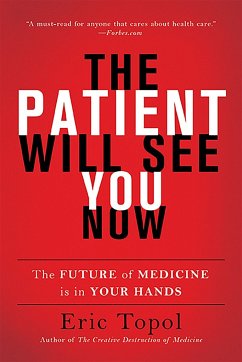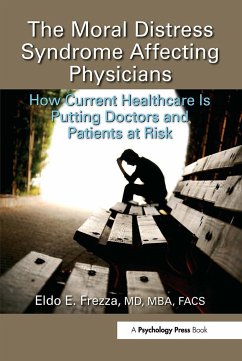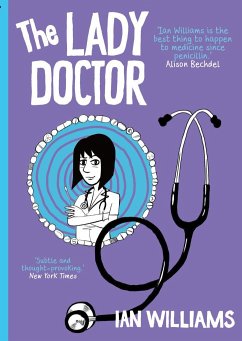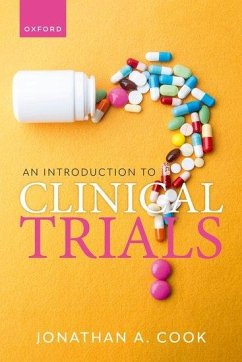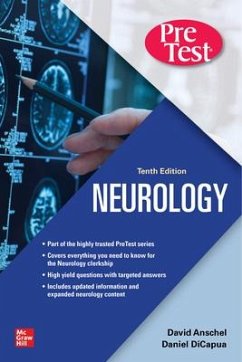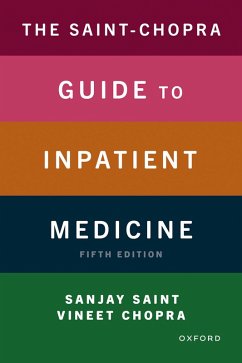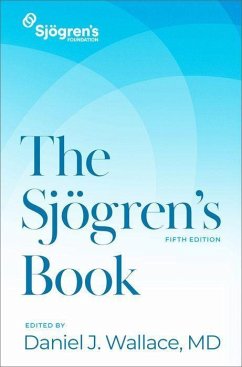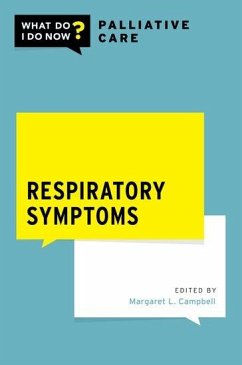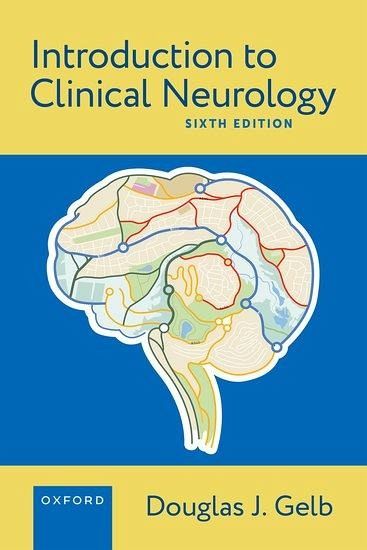
Introduction to Clinical Neurology
Versandkostenfrei!
Versandfertig in über 4 Wochen
59,99 €
inkl. MwSt.
Weitere Ausgaben:

PAYBACK Punkte
30 °P sammeln!
The sixth edition of Introduction to Clinical Neurology continues to present a straightforward approach to diagnosing diseases of the nervous system, using a systematic process in which the site of dysfunction is deduced based on knowing streamlined summaries of a few clinically relevant nervous system pathways. It provides a comprehensive discussion of how to do a neurologic exam and how to interpret it. In clear and concise prose, Dr. Gelb explains the neurologic diseases and presenting symptoms that non-neurologists are likely to encounter in practice.




